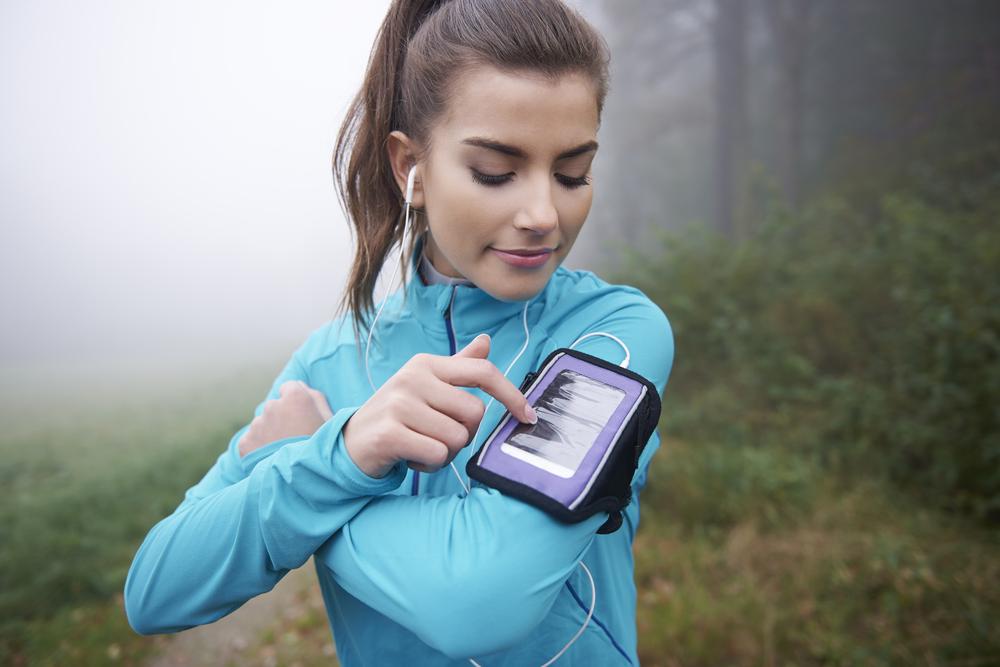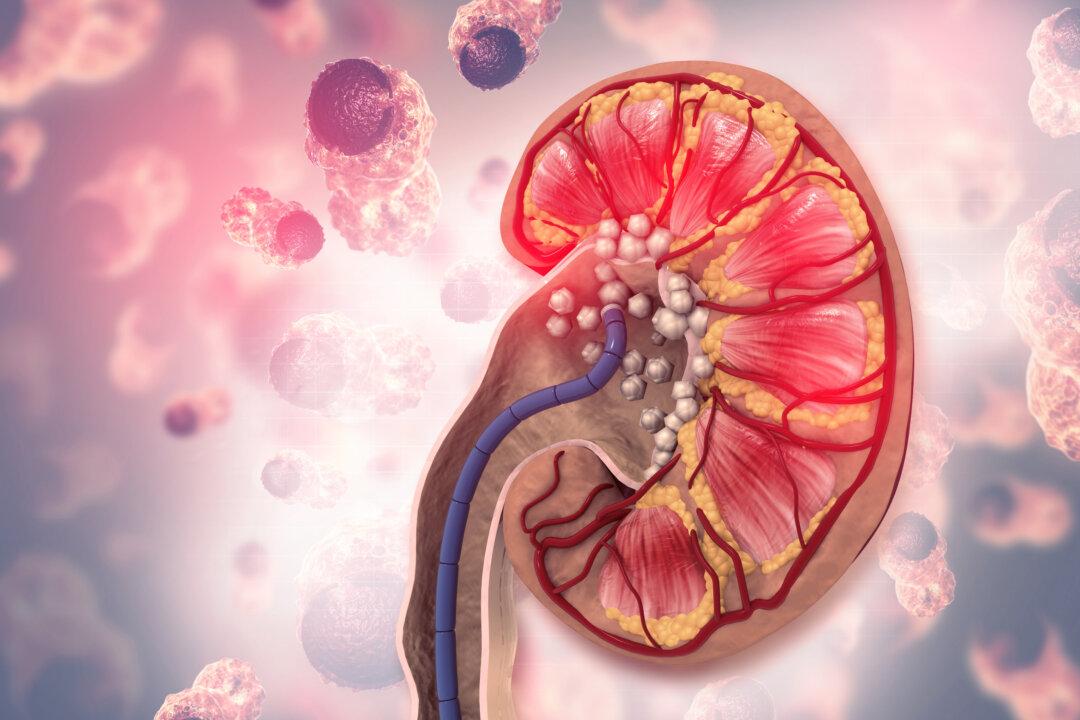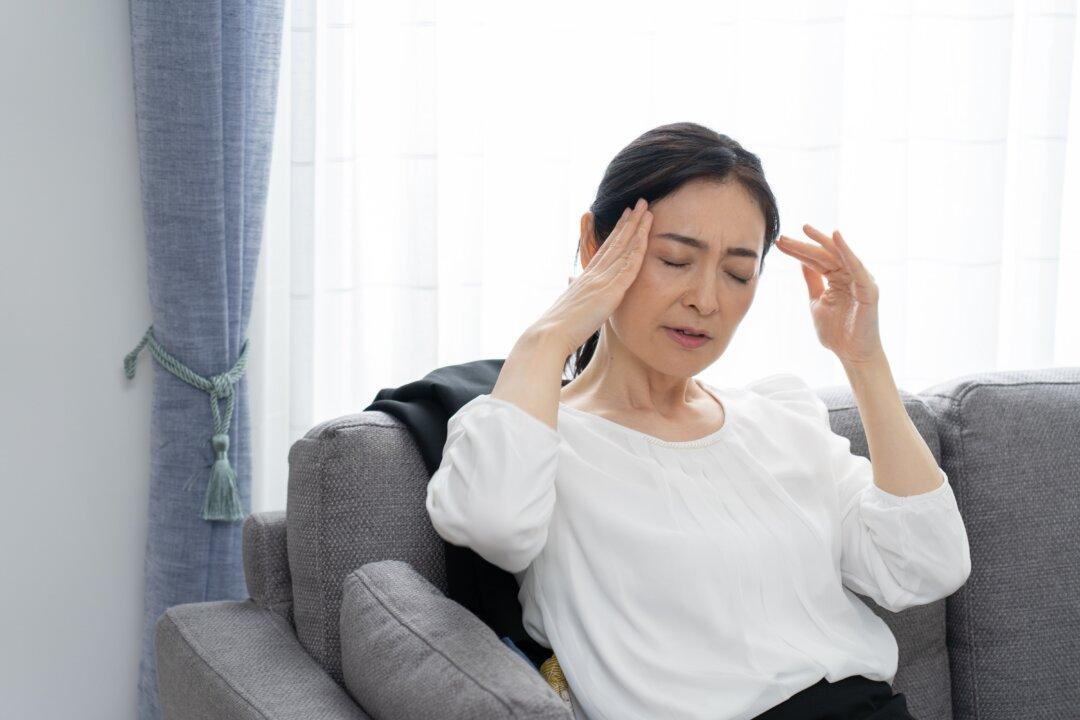Recent studies have discovered that middle-aged and elderly people who cannot stand on one leg for more than 10 seconds have almost double the risk of death in the next decade. Why is the ability to stand on one leg related to mortality? There are two key reasons, and improving these issues can help reduce the risk of death.
The British Journal of Sports Medicine published a new study assessing the association between the ability to complete a 10-second one-legged stance and all-cause mortality in middle-aged and older adults.






